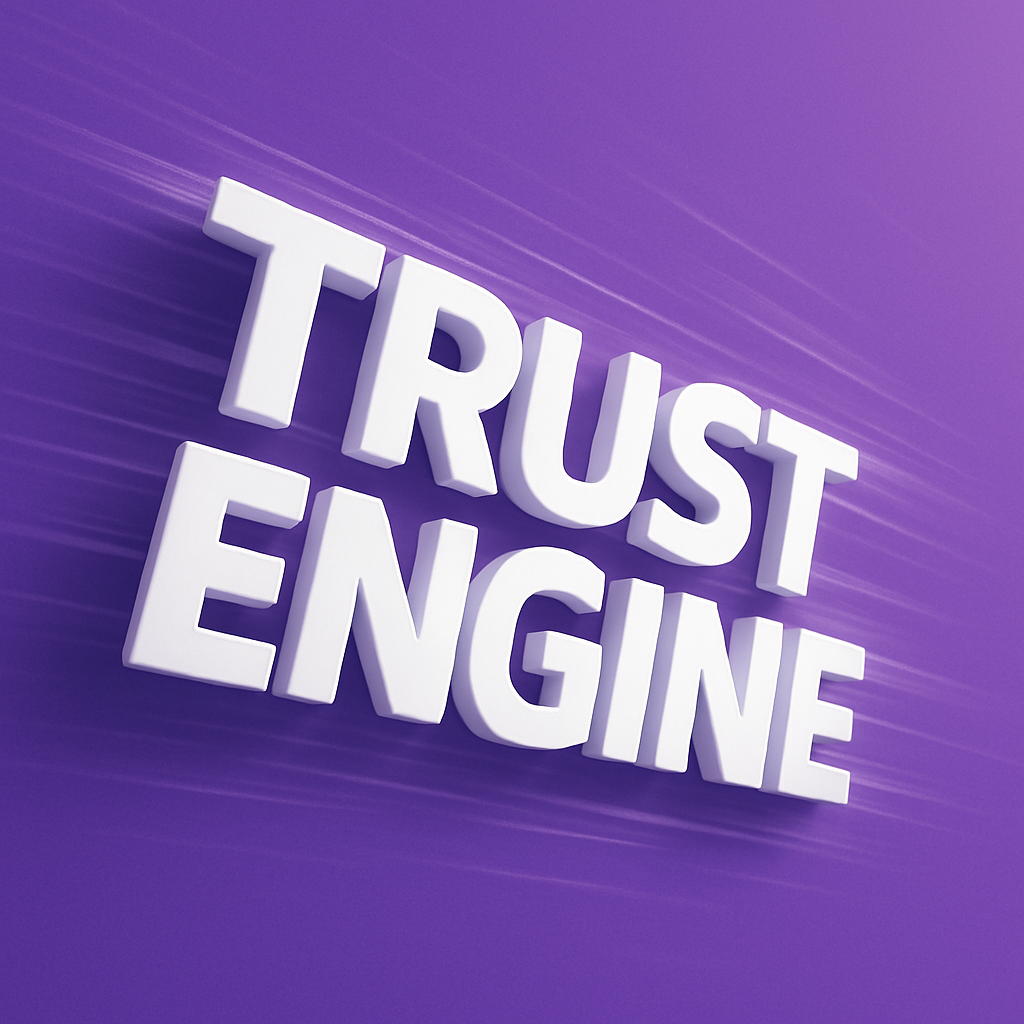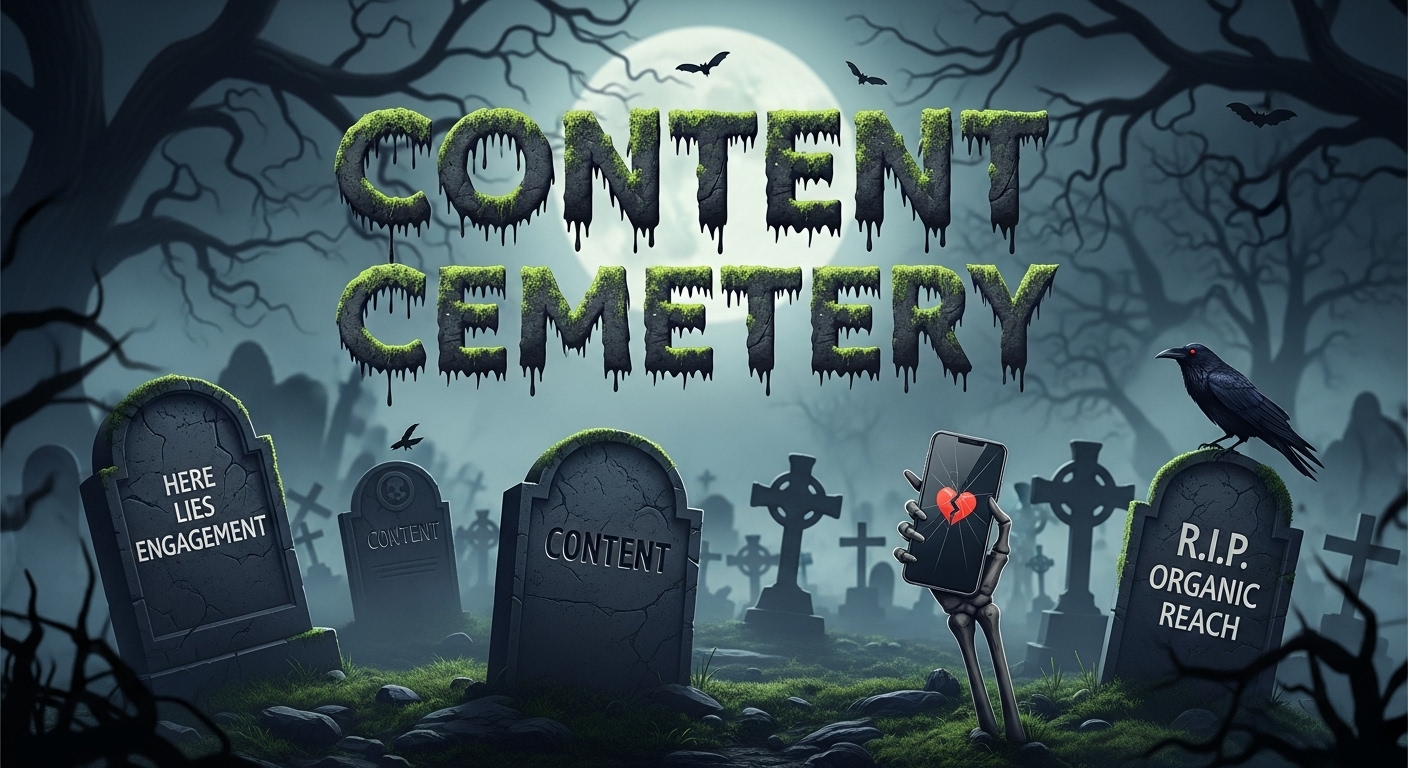
8 Characteristics of High-performing Content: A Guide for Content Marketers

In today’s fast-paced marketing landscape, high-performing content is more crucial than ever. With the digital space becoming increasingly saturated, standing out requires more than just good writing; it demands content that not only captures attention but also drives measurable business results that matter. High-performing content is defined as content that garners high visibility and significant business impact, measured by key performance indicators such as acquisition, retention, conversion and brand perception. Engagement is not a business outcome — important as the means, but not the end goal.
A useful way to visualize high-performing content is through a quad chart, where content is evaluated based on two key dimensions: traffic (how well does it build an audience) and business impact (how effectively it drives desired outcomes, such as conversions or enhanced brand perception). High-performing content sits in the quadrant where both visibility and impact are maximized.

The purpose of this article is to identify the core characteristics of high-performing content and offer actionable strategies and tools for content marketers to enhance their content’s effectiveness.
1. Provide Actionable Insights
In a world where information is abundant, content that offers actionable insights stands out. Audiences are more likely to engage with content that provides them with practical steps they can implement immediately. This not only enhances engagement but also positions your brand as a helpful and authoritative resource.
Brands like HubSpot regularly publish in-depth guides that provide actionable steps, tips and examples to engage their audiences and build authority.
Action Steps for Content Marketers:
- Conduct Audience Research: Identify gaps in your audience’s knowledge by conducting surveys and interviews, and analyzing search queries.
- Develop Educational Content: Create how-to guides, tutorials and case studies that address these gaps.
- Prioritize Strategic Calls to Action (CTAs): Ensure there are clear, actionable and logical next steps on all content pages. Every piece of content should guide audiences toward a desired action, whether from one piece of content to the next or toward a specific conversion goal. A well-placed, contextually relevant CTA can significantly increase engagement and conversions.

2. Share Something New
Audiences crave fresh, timely information. Content that shares something new not only captures attention but also establishes your brand as a thought leader.
Action Steps for Content Marketers:
- Spotlight New Information: Ensure new, noteworthy information stands out on the page using callout boxes or other visual treatments.
- Regularly Update Content: Keep top-viewed content up to date with the latest insights and action items. This ensures your content remains relevant and valuable.
3. Ensure Relevance to Your Audience
Knowing your audience’s pain points and preferences is critical for creating relevant content. Relevant content builds trust and fosters deeper connections with your audience.
Brands like Netflix and Amazon excel at content personalization, using data to recommend content that aligns with individual user preferences. This approach not only enhances user experience but also drives higher engagement and conversions.
Action Steps for Content Marketers:
- Audience Segmentation: Use data analytics to segment your audience based on demographics, behavior and interests.
- Content Personalization: Develop content tailored to each segment’s specific needs and preferences to ensure each visitor finds the content highly relevant and engaging.
- Continuous Feedback Loop: Implement feedback mechanisms like Knotch cards to refine content relevance.
Sample Knotch Card Measuring Audience Journey Stage

4. Speak from a Position of Authority
Creating content grounded in your brand’s expertise can help establish you as a thought leader in your industry. This not only builds credibility but also drives industry-wide discussions.
Brands like McKinsey and Gartner regularly publish in-depth reports and whitepapers that drive industry conversations and establish their authority.
Action Steps for Content Marketers:
- Leverage In-House Expertise: Utilize the knowledge and experience of your team to create authoritative content.
- Publish Original Research: Conduct and publish original research to provide unique insights.
- Develop a Distinct POV: Craft content that reflects your brand’s unique perspective and voice.
5. Embrace Interactivity
Interactive content formats, such as quizzes, polls, and calculators, are gaining popularity due to their higher engagement rates and positive impact on brand sentiment.
Knotch analyzed performance metrics for nearly 50,000 content pieces based on use of elements such as video, animation, slideshows and interactivity. We found that interactive components within content drove higher time on page, scroll depth and recirculation to more content compared to pieces without interactivity.

Brands like JPMorgan Chase use interactive components to break up long-form content and make it more visual and digestible.
Action Steps for Content Marketers:
- Experiment with Interactive Formats: Incorporate interactive elements such as quizzes, expandable sidebars or sections, or interactive charts into your content to engage your audience.
6. Atomize Content
Content created and used once is truly tactical. Content should be created with a view to being used in multiple ways across different channels, touchpoints and audiences, and in different forms. Measure the number of times content is used — the recycle rate — and incentivize creative teams to increase this rate.
Action Steps for Content Marketers:
- Update Your Brief Template: Ensure teams consider atomization at the earliest stage of a project.
- Create and Track Recycle Rates: Measure this for new and existing content.
7. Consider Trojan Horse Content
For audiences who are particularly stubborn or resistant to change, Trojan horse content learns from the ancient Greek story, where Greek soldiers hid inside a giant wooden horse presented as a gift to the city of Troy. Once inside the city walls, the soldiers emerged and launched a surprise attack.
The content equivalent draws the audience in with something interesting and valuable, and likely avoids the product promise. Then with the audience’s mind more open than before, introduce the product message in a way that is logical and connects to the initial draw. Said another way, it’s a two-stage approach.
CDW does an excellent job with its BizTech strategy, where it provides hardware and software news and education for businesses, organized by industry vertical, in an unbranded way. This allows for CDW’s more sales-driven product messaging to be introduced to a grateful audience.
Action Steps for Content Marketers:
- Create Trojan Horse Pilots: Create tests for your most resistant audiences that work in two stages, carefully measured.
8. Sharpen SEO Efforts
Google’s Search Quality Evaluator Guidelines (section 5.1) help break down the characteristics of high-quality content. By definition, high quality is high performing:
- Informational content should be accurate, comprehensive, original and professionally presented.
- Artistic content should be original, unique and convey a high degree of skill.
- News content should be in-depth, well cited and accurate and contain original reporting.
These are high standards to meet. Make sure your subject-matter experts understand the standard of work to meet and exceed.
Action Steps for Content Marketers:
- Organize for Quality in SEO Efforts: Place your SEO efforts at the center of your content operation so they benefit from being original and authoritative.
Diagnose Your Content with Tagging and Knotch Cards to Find Your Recipe for Success
Tracking and analyzing content performance is crucial for continuous improvement. Tools like tagging and Knotch cards can help you diagnose what works best for your brand.
Action Steps for Content Marketers:
- Implement Tagging: Use tagging to categorize and track the performance of different content characteristics, such as content length, format, topics and journey stage.
- Use Knotch Cards: Collect qualitative feedback and utilize diagnostic questions to identify your unique recipe for high-performing content.
Sample Knotch Card

By implementing these tools, you can gain valuable insights into your content’s performance and make data-driven decisions to drive better results. To learn more about how Knotch can help you uncover what content is working and why, reach out for a demo.
Published 11/07/2024
Become a thought leader
Become a thought leader
Trusted by the largest (and now smartest) brands in the world.
“Before Knotch we did not understand what content was driving business results. Now we understand which content moves the needle. Knotch’s cohesive reporting and insights paint a real picture of what’s happening on our website instead of the patchwork quilt that comes from a Google Analytics approach. With Knotch we have been able to re-prioritize ad spend, route better leads to our SDR team, and inform our content development initiatives.”

"The Knotch platform ensures that we deliver high-performing content tailored to young home shoppers, enhancing their experience and driving better business outcomes.”

"Our partnership with Knotch has been highly successful, empowering us to leverage data-driven insights and refine our content strategy.”









